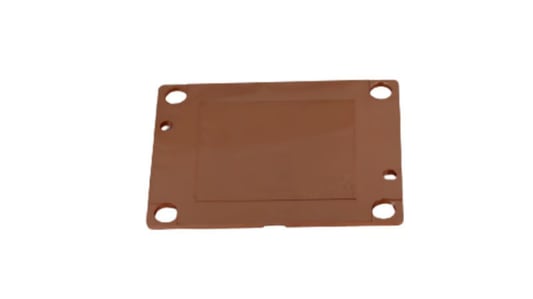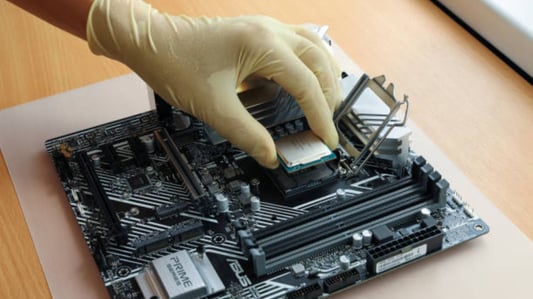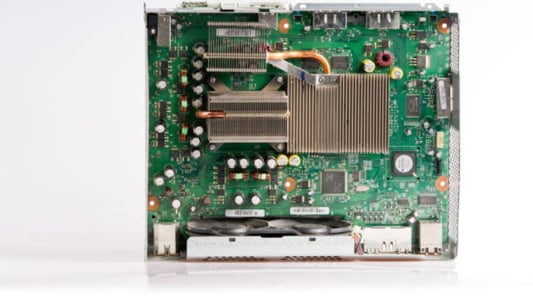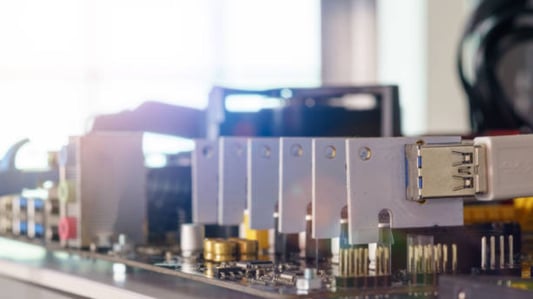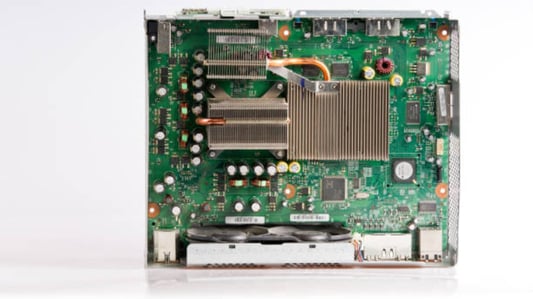Introduction to Heat Sinks for WeldingWhen it comes to welding, heat management is crucial to ensure quality and efficiency in the process. One important tool in heat management during welding is a heat sink. A heat sink is a device designed to absorb and dissipate heat away from the welding area, preventing overheating and ensuring proper weld formation.Aluminum Heat SinksAluminum is a popular choice for heat sinks in welding applications due to its excellent thermal conductivity. Aluminum heat sinks are lightweight, cost-effective, and readily available. They are effective in dissipating heat quickly, making them ideal for high-temperature welding processes.Copper Heat SinksCopper is another common material used for heat sinks in welding. Copper has even better thermal conductivity than aluminum, allowing for efficient heat transfer and dissipation. Copper heat sinks are often used in high-power or industrial welding applications where heat management is critical.Ceramic Heat SinksCeramic materials are also used as heat sinks for welding. Ceramics offer excellent thermal insulation properties, making them ideal for applications where electrical insulation is also required. Ceramic heat sinks are durable, corrosion-resistant, and can withstand high temperatures.Graphite Heat SinksGraphite is a unique material that is becoming increasingly popular for heat sinks in welding. Graphite heat sinks have high thermal conductivity and can withstand extreme temperatures. They are lightweight and offer excellent heat dissipation capabilities, making them suitable for various welding processes.Copper-Graphite Composite Heat SinksCopper-graphite composites combine the superior thermal conductivity of copper with the high heat resistance of graphite. These heat sinks offer a balance of thermal performance and durability, making them ideal for demanding welding applications where heat management is crucial.Water-Cooled Heat SinksWater-cooled heat sinks are another option for welding applications where extreme heat levels need to be managed. These heat sinks use water circulation to dissipate heat, providing efficient cooling for the welding process. Water-cooled heat sinks are commonly used in high-power welding applications.Heat Pipe Heat SinksHeat pipe heat sinks utilize heat pipes to transfer heat away from the welding area. Heat pipes are efficient in transferring heat due to their phase change mechanism. Heat pipe heat sinks are effective in managing heat in confined spaces or critical welding applications.Choosing the Best Material for Your ApplicationWhen selecting a heat sink material for welding, consider factors such as thermal conductivity, durability, weight, and cost. The best material for a heat sink will depend on the specific requirements of your welding application. Conduct thorough research and consult with experts to choose the most suitable heat sink material for your needs.ConclusionIn conclusion, the choice of material for a heat sink in welding is crucial for effective heat management during the welding process. Various materials such as aluminum, copper, ceramics, graphite, and their composites offer different thermal properties and benefits. Understanding the characteristics of each material will help you select the best heat sink material for your specific welding application.Quote InquiryContact us!




